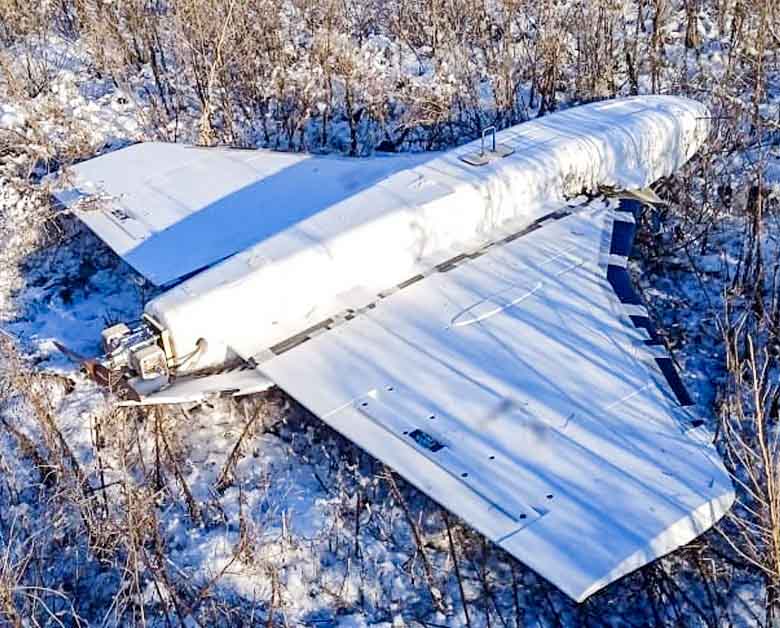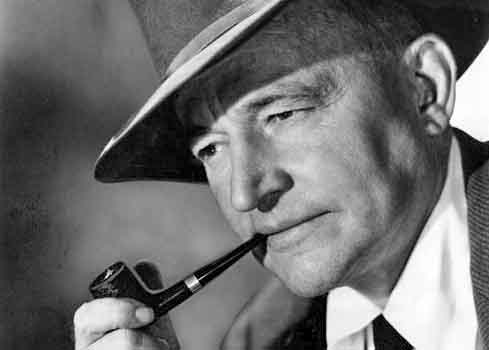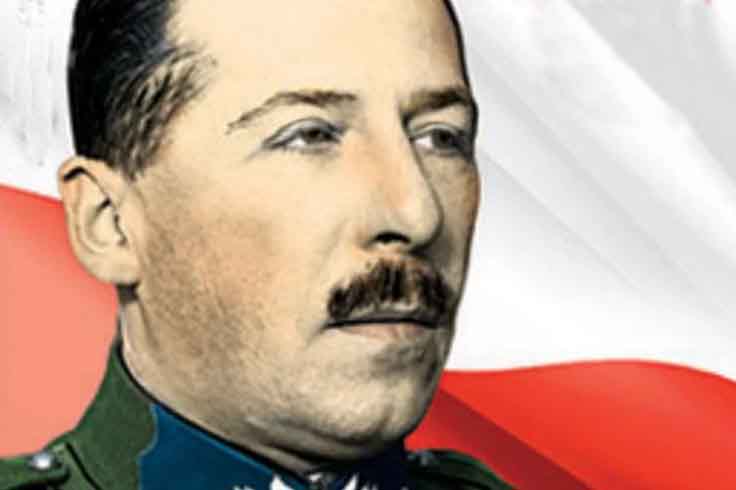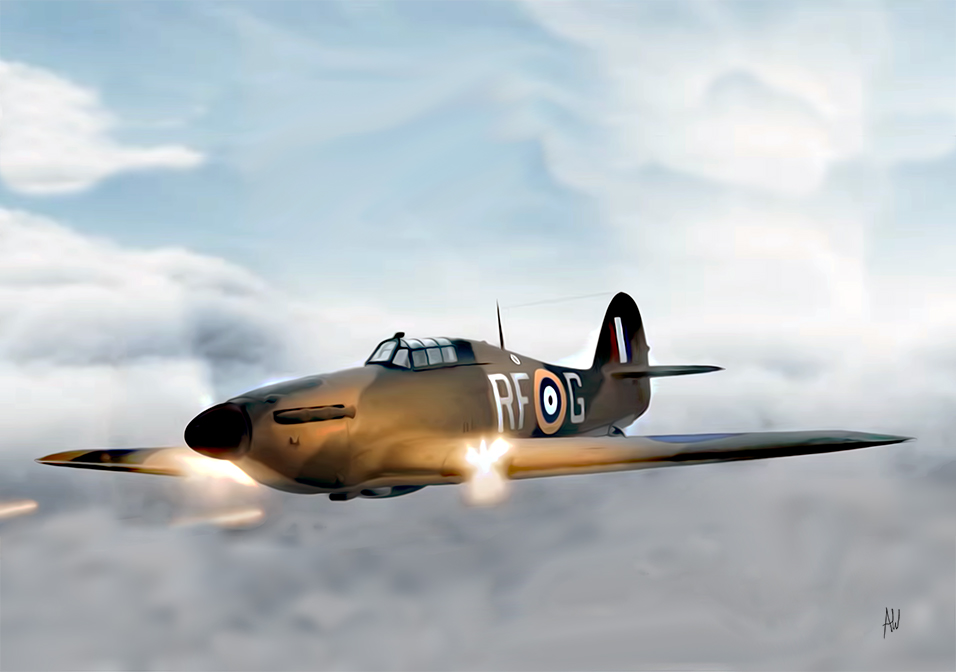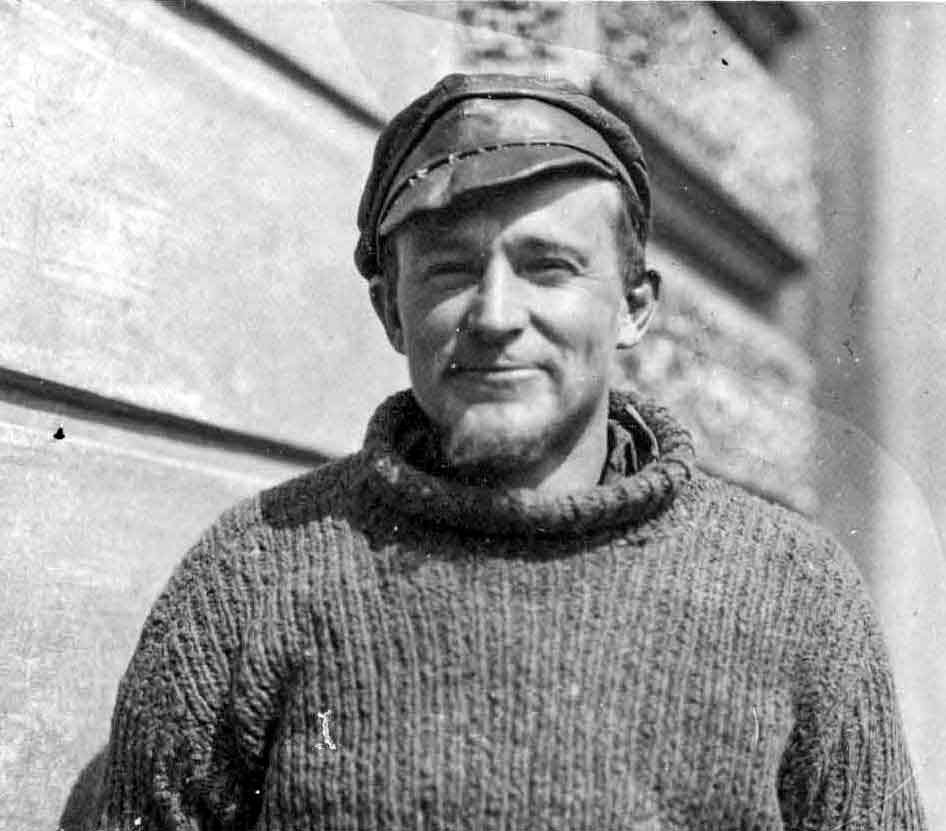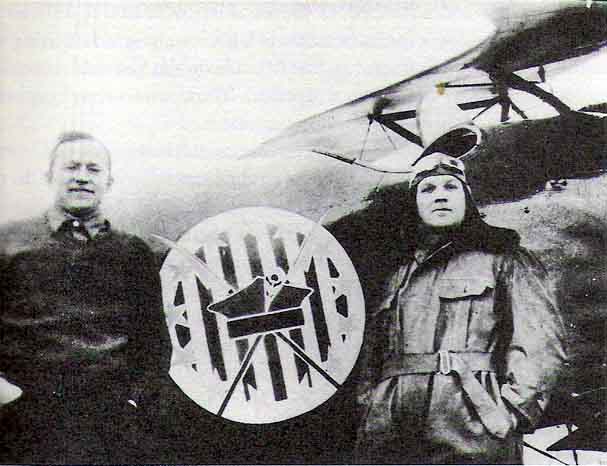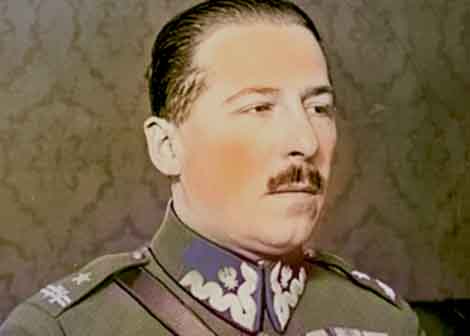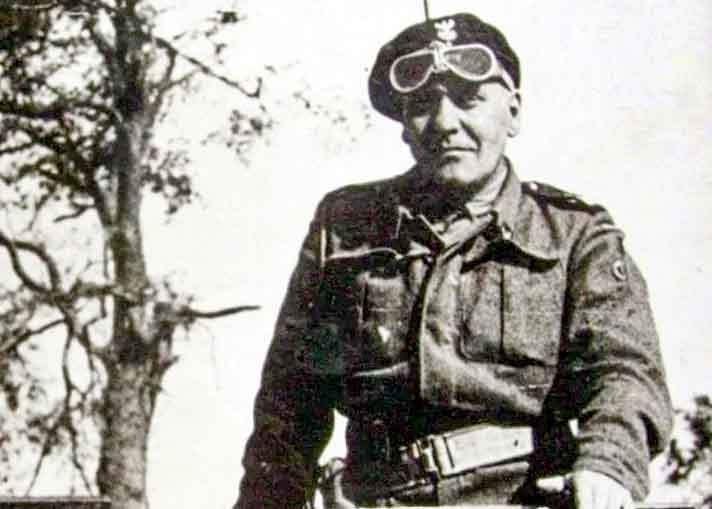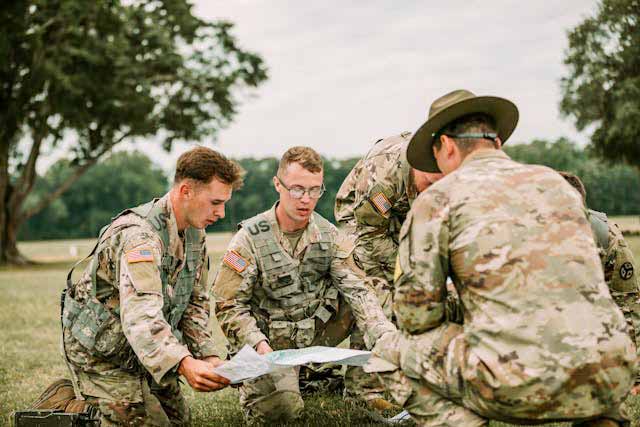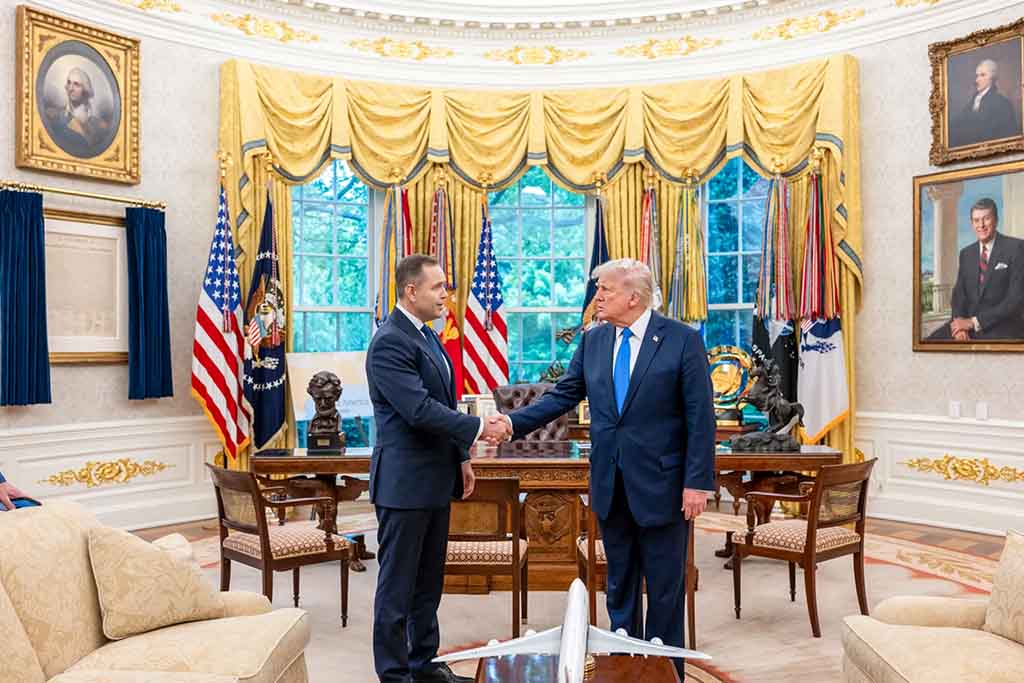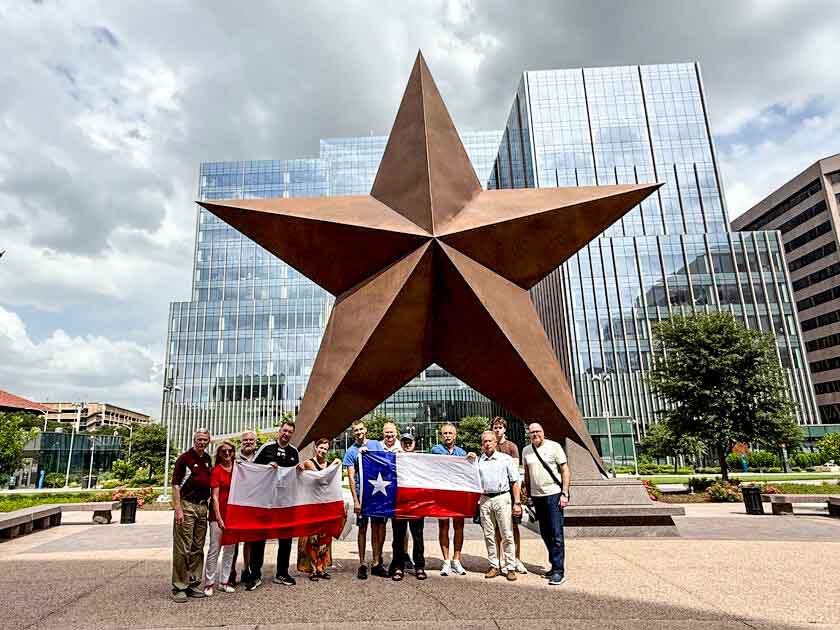The September raid by over twenty enemy drones on Poland's eastern border revealed how easily inexpensive drones can test the resilience of NATO countries. The incident sparked political tension, media chaos, and prompted the construction of a Polish "drone wall."
Read more... Reading time 13 min.On March 2, 1933, shortly after Franklin D. Roosevelt's inauguration, New York saw the premiere of "King Kong." Few would have guessed that the man who pilots the plane attacking the beast in the film's finale would return to uniform and play a role in two of the most challenging theaters of World War II: China and the Southwest Pacific.
Read more... Reading time 6 min.Lisbon – a city of spies, emigrants, and secret couriers. It is here that Jan Kowalewski, a former codebreaker from the 1920s, creates "Continental Action" – a Polish intelligence project intended to dismantle Hitler's alliance from within. He meets Germans, talks with Italians, warns the world about Operation Barbarossa, and fights for a Europe that is beyond saving.
Read more... Reading time 10 min.Poles comprised only five percent of the RAF's forces in the Battle of Britain, but they were responsible for over ten percent of all German aircraft shot down. Their courage and effectiveness helped save Britain and changed the course of World War II.
Read more... Reading time 6 min.In the collective imagination, "King Kong" is "Beauty and the Beast," the Empire State Building, and machine guns on the wings of a biplane. Few remember that the actor playing the pilot in the 1933 finale was actually an aviator who had nearly died in two wars.
Read more... Reading time 7 min.In the summer of 1920, Merian C. Cooper—the future creator of "King Kong," then a pilot in the Kościuszko Squadron—joined the Polish War of Independence. The American pilot from the Old West fought for Poland, saving entire units and earning the Virtuti Militari—and a place in our history.
Read more... Reading time 7 min.In the shadow of the Battle of Warsaw, a silent hero was born – a chemist from Łódź who, instead of a gun, held a comb and a pencil. Thanks to him, Poland in 1920 knew more about the Red Army's movements than Tukhachevsky himself.
Read more... Reading time 12 min.The 1st Armored Division is one of the most distinguished and elite Polish military units fighting in World War II. Its commander, General Stanisław Maczek, ordered his soldiers to "fight hard and like knights."
Read more... Reading time 5 min.The latest CBOS poll for Dziennik Gazeta Prawna shows that nearly two-thirds (63.8%) of Poles believe that in the event of a Russian armed attack on Poland, the United States would provide military support.
Read more... Reading time 7 min.Poland, now at the center of European security, must redefine its role in a world where the United States is shifting its strategic priorities. The country, which has become a pillar of NATO and a symbol of democratic resolve, can strengthen its position by cooperating with the powerful yet dormant Polish American community.
Read more... Reading time 6 min.The United States is the world's largest economy and a significant trading partner for Poland. From June 28 to July 5, at the invitation of the Polish Association, a delegation from the Patria Polonia Institute of the Scientific Society of the Catholic University of Lublin visited Texas.
Read more... Reading time 8 min.


